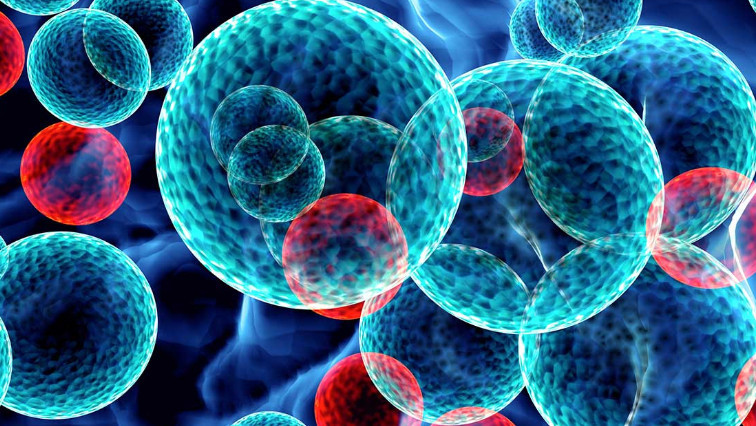With light irradiation, these particles change not only their shape, but their colour, too. This discovery will be beneficial to the development of non-invasive biosensors, signal systems, and non-toxic dyes. Although the issue of controlled nanomaterials has been solved a while ago, the existing systems are rather toxic to living organisms, thus limiting their scope of application in medicine and biology.
However, ITMO researchers succeeded in producing a fully biocompatible material with controllable properties.
“The nanoparticles are composed of silicon cores and biopolymer shells. The substances that make up the shells possess different hydrophobic/hydrophilic qualities, i.e. the way in which their molecules react to water. We were able to use that to make the particles contract or expand depending on external factors,” explains ITMO researcher Anna Nikitina.
The nanoparticles change both shape and colour under thermal influence. They can be used, for example, to perform non-invasive local temperature measurements in biological tissues or to design sensor systems capable of analysing internal processes in living organisms.
The new controllable systems can also be used to create thermo- and light-controlled dyes akin to liquid-crystal modulators used in holography and lithography. Changes in the color of the particles occur solely due to structural transformations.
“Our controlled particles can collect data from within an organism without the need for additional complex devices such as ultrasensitive spectral sensors. A simple change in color allows us to easily monitor what’s happening to the particle in real time. The technology is multi-use, too: each particle can be turned on and off several times,” says researcher Valentin Milichko.
The researchers have been developing these controlled systems for three years, during which they experimented with various sizes and spatial characteristics of the nanoparticles, as well as searched for polymers that would exhibit the desired performance.
For now, the systems’ efficiency has been confirmed only in laboratory conditions. The next step in the study will be in vitro testing.
Read the original article on Electronics Weekly.







